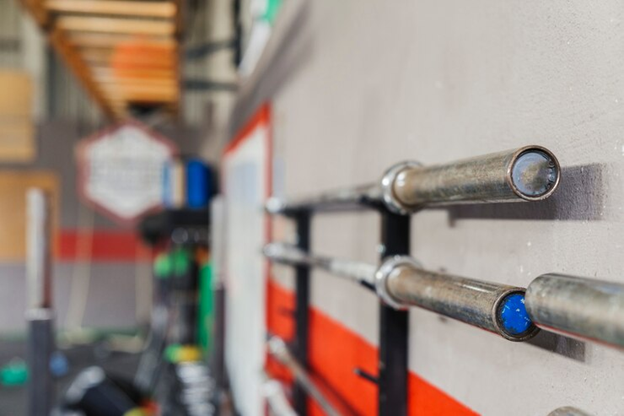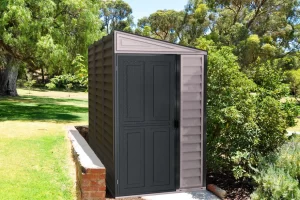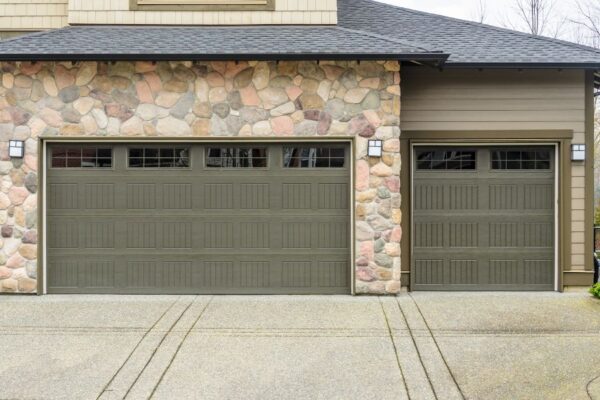Gas line installation is a crucial aspect of residential construction, impacting both safety and energy efficiency. Proper planning and adherence to regulations are essential to ensure a seamless installation process.
Gas lines serve as the lifeline for homes relying on natural gas for heating, cooking, and other energy needs. When embarking on a gas line installation project, several key considerations must be taken into account to guarantee safety and compliance with local codes.
Choosing the Right Location and Design
The first step in gas line installation is determining the optimal location and design. Placement must consider accessibility for maintenance, safety distances from ignition sources, and compliance with building codes. Professional assessment of the home’s layout and gas usage patterns is crucial for designing an efficient system.
Ensuring Regulatory Compliance
Regulatory compliance is non-negotiable in gas line installation. Local building codes and safety standards dictate everything from pipe material and diameter to depth of burial. Engaging certified professionals ensures adherence to these regulations, mitigating risks associated with gas leaks or improper installations.
Materials and Durability
Selecting high-quality materials is fundamental to the longevity and safety of gas line systems. Corrosion-resistant pipes, such as stainless steel or coated copper, are preferred choices. These materials withstand environmental factors and minimize the risk of leaks, ensuring an uninterrupted gas supply to the household.
Pressure Testing and Inspection
Before commissioning the gas line, rigorous pressure testing is conducted to detect any potential leaks or weaknesses in the system. This step is critical for ensuring the integrity of the installation and safeguarding against future hazards. Inspections by qualified professionals certify compliance with safety standards and provide peace of mind to homeowners.
Residential Siding Installation
Residential siding serves as more than just an exterior covering; it enhances curb appeal, provides insulation, and protects homes from the elements. Choosing the right residential siding installation method can significantly impact a home’s aesthetic appeal and structural integrity.
Selecting the Ideal Siding Material
The choice of siding material depends on factors such as climate, maintenance preferences, and architectural style. Common options include vinyl, fiber cement, wood, and metal. Each material offers unique benefits in terms of durability, insulation properties, and aesthetic appeal. Consulting with a siding professional helps homeowners navigate these choices effectively.
Climate Considerations
Climate plays a pivotal role in siding durability and maintenance requirements. Materials must withstand temperature fluctuations, moisture exposure, and UV radiation without compromising performance. In regions prone to extreme weather conditions, durable materials like fiber cement or engineered wood offer superior resistance to elements, ensuring longevity and minimal maintenance.
Installation Techniques and Efficiency
Proper installation techniques are paramount to the performance and longevity of siding. Experienced contractors employ precise measurements, secure attachment methods, and effective moisture barriers to prevent water infiltration and structural damage. Attention to detail during installation ensures a seamless finish and optimal functionality of the siding system.
Energy Efficiency and Insulation
Siding contributes significantly to a home’s energy efficiency by providing insulation and reducing heat transfer. Materials with high R-values enhance thermal resistance, reducing heating and cooling costs year-round. Energy-efficient siding options, coupled with professional installation techniques, create a thermally efficient envelope around the home, enhancing comfort and sustainability.
Conclusion
Gas line and siding installations are critical components of residential construction, each playing a vital role in safety, functionality, and aesthetic appeal. By prioritizing regulatory compliance, material quality, and professional expertise, homeowners can achieve a reliable gas supply and durable exterior protection. Whether upgrading existing systems or embarking on new installations, informed decision-making ensures long-term satisfaction and peace of mind.







